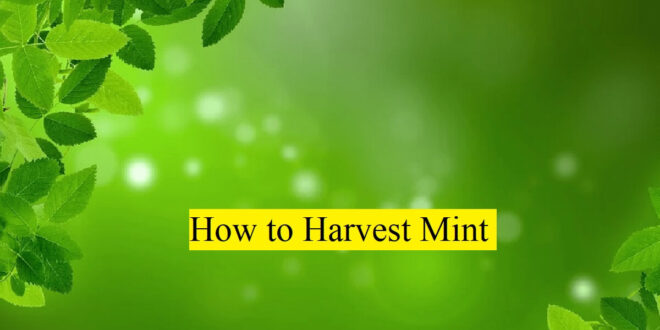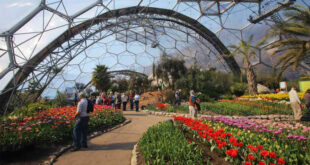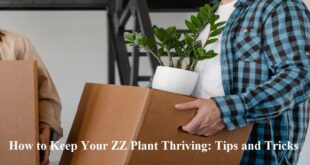Mint is a part of our daily lives, from using as a condiment in dishes to cure digestive problems and refresh our minds. An inexpensive herb that can be grown on your lawn, and you don’t have to run after the grocery shop every time you need it.
Pluck a few mint leaves from your lawn, and you can enjoy your mint tea without any effort. Even those who don’t have yards for gardening or are not interested in gardening can grow mint in a pot in their kitchens.
Mint is famous for its widespread use in air fresheners, mouthwashes, breath fresheners, moth repellents, bugs repellent, and to scent up your space.
Growing mint in a pot in your kitchen isn’t a big deal that needs much expertise, but you must know the basics of how to harvest mint.
Growing Mint
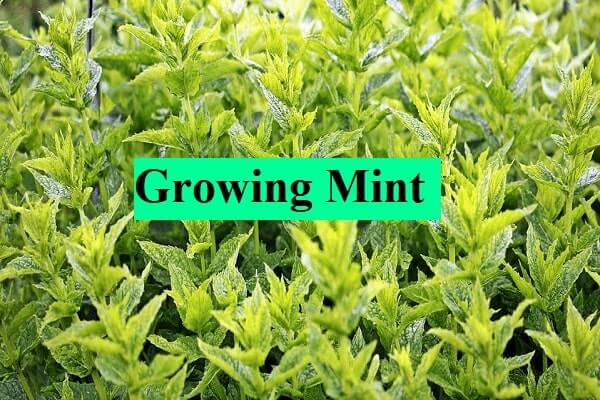
Growing mint isn’t complicated. It is the easiest plant to grow, and you don’t need to put much effort into planting mint. Just good light and moisture are enough to grow the mint.
Instead, you need to check on their growth because it is hard to prevent them from overgrowth once they mature. If you ignore it for some time, it may invade your garden and take other crops’ nutrients as well.
Harvesting Mint
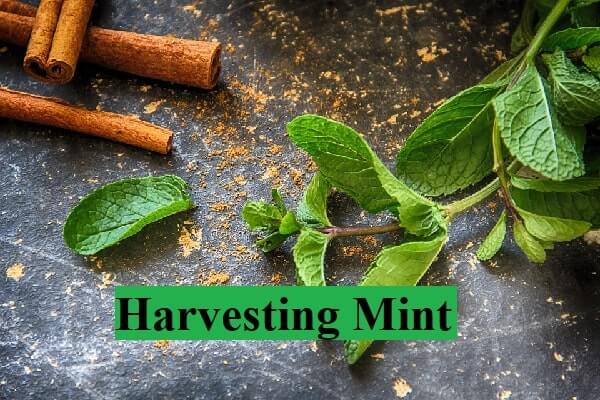
Mints are always ready to spread far and wide. So to avoid it, it is best to harvest them regularly. Spring is the perfect season to get the most mint. So as soon the spring starts, keep picking up the mint.
You can periodically harvest mint to get the daily supply of fresh mint leaves. It does not affect the number of leaves for later use; instead, the more you harvest mint, the more new leaves will grow. The harvesting also helps you remove the decaying mint leaves to not spread to other leaves.
Mint contains essential oils that have a powerful aroma, and that’s why it is used as a scent in food and other household items. If you want to get the essential oils, the best time to harvest mint is in the morning when it is full of essential oils.
When To Harvest Mint
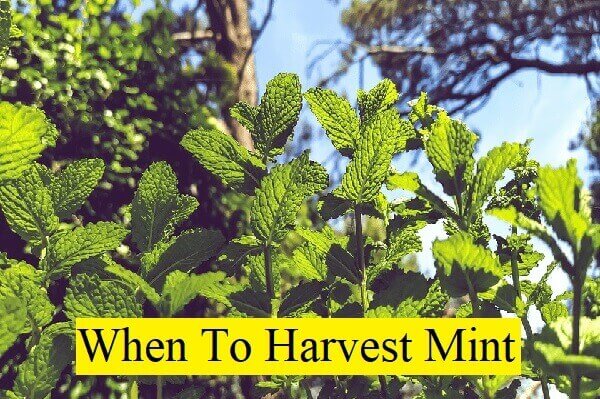
Harvest the mint when you first wake up in the morning. Why? Because people say, it is the best time to get all the essential oils.
You can harvest mint after 4 to 6 weeks of planting it. Harvest the mint stem 2 inches above the ground level. But don’t harvest all of the mint leaves in one go. It is ideal to harvest half or three-quarters mint leaves and leaving the rest for the next harvesting.
Don’t leave your mint plant to flower completely, as it slows down the growth process. Always harvest mint when the buds appear on the plant.
How To Harvest Mint
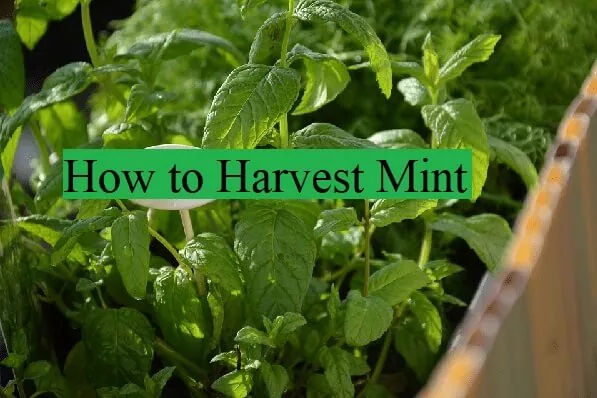
There isn’t any rocket science involved in harvesting mint. You can pluck a few leaves from the mint container if you want to make the mint tea in the morning, or you can use the harvesting cutters if you are harvesting more mint leaves after a long time.
When you harvest mint, always pluck the top leaves first, as they are soft and considered to be more aromatic than the bottom ones.
Even it is not necessary to use them at once. You can store mint leaves for a few days. Here are some of the best practices to keep mint leaves.
- One way is to place the mint along with the stem submerged in a water glass. It can last for a few days.
- You can wrap the mint leaves in the tissue paper properly, place it in the storage bag, and put it in the refrigerator.
- Some people separate the leaves and place them in the ice cubing trays to freeze them. It helps keep the mints fresh, and you can immediately use the required quantity of mint and cubes in your drink.
Don’t rinse the freshly harvested mint, as it increases the chances of spreading molds.
Final Words
Mints make your home smell good. Having a mint pot at home keeps your home fresh and positively affects mental health. Besides being used as a condiment, mint has multiple medical benefits as well. If you love planting herbs at home, mint is a must and easy to grow herb.
 Make Home Smart Let's Make Smart Home for Everyone!
Make Home Smart Let's Make Smart Home for Everyone!
